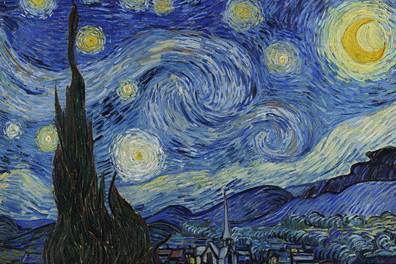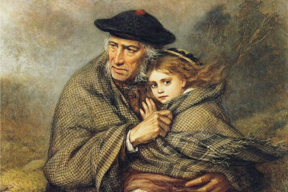According to a 21st Century Darwinian Theory
This is a sequel to my essay, What’s It All About Alfie? In that essay, I mentioned collecting and saving things for decades. Anything that I deem important, whether clothes, souvenirs, or paintings, I save them. I also collect Himalayan salt lamps. I have five salt lamps ranging from 40-60 lbs. in my home. The companies selling Himalayan salt lamps claim they will lower electromagnetic radiation, boost feeling good, reduce depression, clean the air, relieve asthma, breathe better, eliminate toxins, and emit ions into the air.
There isn’t any medical data that shows that the salt lamps do anything. My five lamps are merely aesthetically pleasing to me. I am so into the Himalayan salt lamps that I have given more than a dozen of them to those who have helped me on my journey down my yellow brick road. It is my way of expressing appreciation to someone who assisted me. When I give a salt lamp to someone, I wonder whether they see the same beauty that I see in them.
Often, I will tell the recipients of a Himalayan salt lamp how their lamp was created. Again, I’m not sure that many of them were interested in how the tectonic plates moved India from the southeastern side of Africa to Asia. When India got to Asia, it trapped a vast salt lake, which created that person’s salt lamp.
It intrigues me that geologists estimate the salt lake contains ca. 600 million tons of salt, which is enough for everyone in the world to have a handful of Himalayan salt lamps. Several years ago, I stopped at the Khewra Salt Mine in Pakistan on the way to visit my family in Myanmar.
Beyond my collecting things, I remembered reading about Charles Darwin, who was also into collecting things. Interestingly, our lives are parallel to each other. Darwin’s father was a medical doctor held in high esteem in England. Without clearing it with Charles, his father enrolled him at the University of Edinburgh’s medical school.
One of my parallels with Darwin was that my father asked me whether I wanted to be a corporate insurance broker, which is what he was. Fortunately, he asked. That vocation was for me beyond the pale.
Darwin hated medical school, so his father enrolled him at Cambridge, hoping he would become an Anglican pastor. Again, that didn’t excite Darwin. Nonetheless, William Fox, a distant cousin, awakened Darwin’s intellectual mind by introducing him to his collection of beetles and butterflies.
It wasn’t long before Darwin was on the HMS Beagle. The Beagle sailed around the world from 1831-36. Those five years changed Darwin’s Weltanschauung. The Beagle investigated flora and fauna during those five years as they circumnavigated the world. However, the place that was the most transformative in his five years journey was the five weeks in the Galapagos Islands, which consists of nineteen volcanic islands in the archipelago.
Darwin noticed the Giant Tortoise on the Galapagos Islands. However, more importantly, he noticed they differed on the smaller islands and the larger main island. All the photos of the Giant Tortoise came from this UNESCO site.




Listen to Richard Dawkins explain Darwin’s observations.
This became the basis of Darwin’s On the Origen of Species, published in 1859. This is Darwin’s drawing of the tree of life as he was beginning to grasp that truism.

Darwin’s observation of the tortoises and all the other species on the Earth was that survival of a species was based upon what he learned of the Galapagos Islands. “It is not the strongest of the species that survives, not the most intelligent that survives. It is the one that is the most adaptable to change.”
Therein is the central issue that I inherited from Darwin. I have learned how to adapt. Interestingly, it explains why all my salt lamps are different. This is my largest salt lamp.

That salt lamp is different from Ti Ti’s salt lamp in her bedroom in my home. Don’t tell Ti Ti about her Himalayan salt lamp. It will be a surprise.

The difference between the two salt lamps reflects how the area of the great salt lake was affected before it dried up, forming millions of tons of salt in the Khewra Salt Mine. The color of salt lamps reflects what had been floating in the saltwater at any particular time. The salt in the Khewra Salt Mine has eighty-four different compounds present in varying degrees than table salt, like potassium, calcium, and magnesium. Table salt consists of sodium chloride. The additional substances create the different colors of the Himalayan salt lamps.
This video explains how the salt was created billions of years ago.
These two videos are about the Khewra Salt Mine.
This is Richard Dawkins’ tribute to Darwin.











